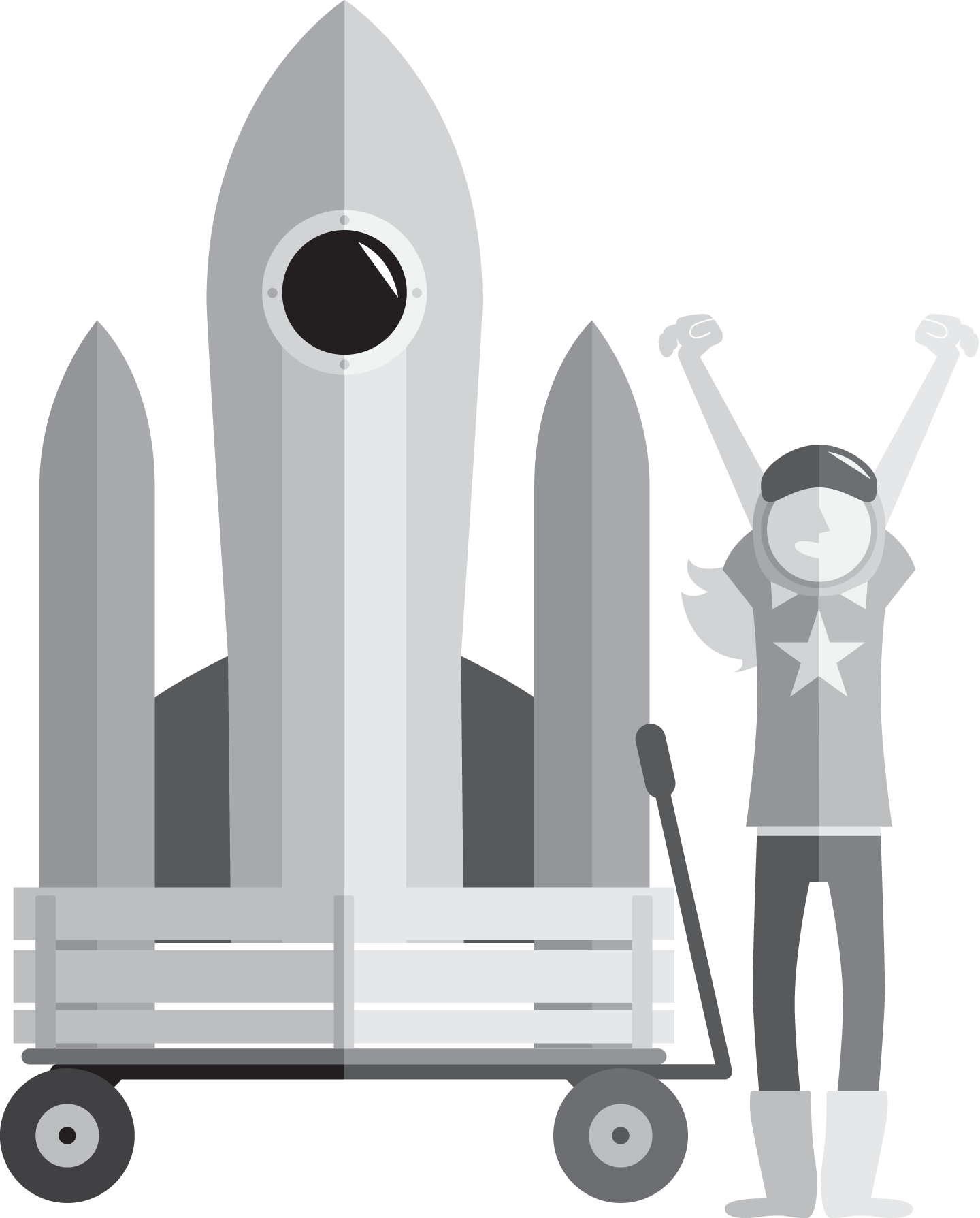Maintaining a User Focus
If you’re the Chief Product Officer, a VP of Product, or a CTO, it’s a huge risk for you to make the user experience, product management, and technology decisions solely by yourself. Who’s to say that you alone know what’s best for the product and how your decisions are going to affect tens of thousands—or even millions—of users? For instance, we recently observed product leaders in an emerging healthcare-related organization reviewing design comps just before shipping. In this scenario, the design decisions are being made in isolation, without any feedback from the end users. That’s a huge risk for an organization to take. They are assuming that they have total understanding of what millions of healthcare professionals or patients would prefer to see on the screens of their digital product.
If you have disagreement within the team, you have a bottleneck to shipping. “As a product manager you have to prove the case for why the company should make a certain decision or not,” says Jacquelle Amankonah, YouTube’s Global Program Manager. “If you don’t back up your idea with facts and data, or only rely on intuition, a lot of people won’t take your argument seriously.” Our product leaders’ experience suggests putting the user at the center of this decision and have the user break the tie for you. Of course it’s never that simple. The challenge is balancing inside knowledge of what the business needs with customer feedback and data.
“How do we continue to have high-quality service and continue to push the roadmap forward quickly? I would say that is the biggest challenge,” says Bryan Dunn of Localytics. So how do product leaders with a fast-growing or large user base solve this problem? The solution appears to be rooted in two areas. First, the foundation of every successful product business is that it is a human-centered organization. Secondly, as the disciplines of the organization grow, the pillars of human-centered design and product development are consistently held up as sacred. This requires leaders to evangelize and lobby for the interests of the customer.
Founders are exposed to this early on and can get beaten down by it pretty quickly. It’s easy for early-stage leaders to believe they have all the answers. When customer feedback comes in that contradicts the leader’s assumptions of how the product is supposed to work, it can be distressing. Healthy leaders undergo a transition, and learn to be a servant leader—that is, they learn to serve the customer’s needs and not just their own ideas. The opposite, and unhealthy behavior, is to ignore customer feedback or research. This latter approach has been more popular in the last decade, and leaders that adopt it are often heard paraphrasing Steve Jobs, who said, “People don’t know what they want until you show it to them.” This idea, from a 1997 Jobs interview with Business Week, has become a convenient excuse for product leaders to eschew market research and customer feedback. What’s overlooked when they repeat this story is the fact that by then, Jobs was already several decades into building consumer products and had amassed years of feedback from which he could make product predictions. Apple was also a billion-dollar global brand by then, giving Jobs an almost unique ability to launch products with unequalled marketing strength. Almost no other company in the modern era, and certainly no other consumer product leader, has achieved this type of effectiveness. Apple wasn’t exempt from product failure either, and it took decades to achieve its success. Trying to use Jobs’s words to describe any other emerging product development is naive.

